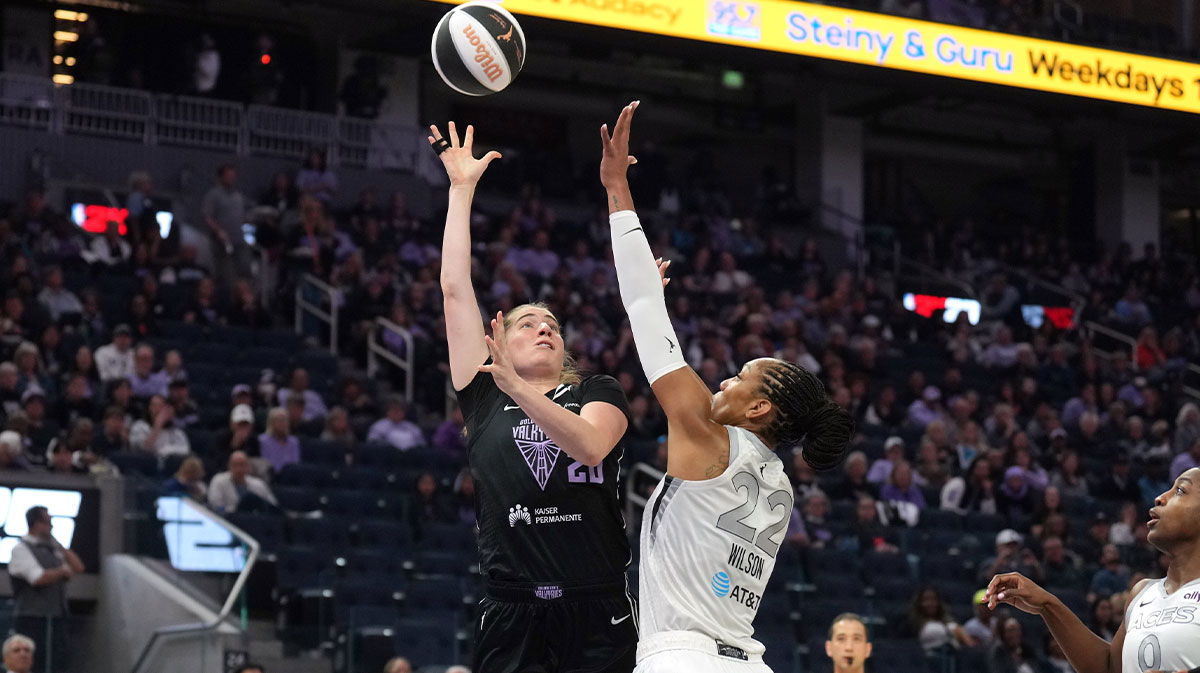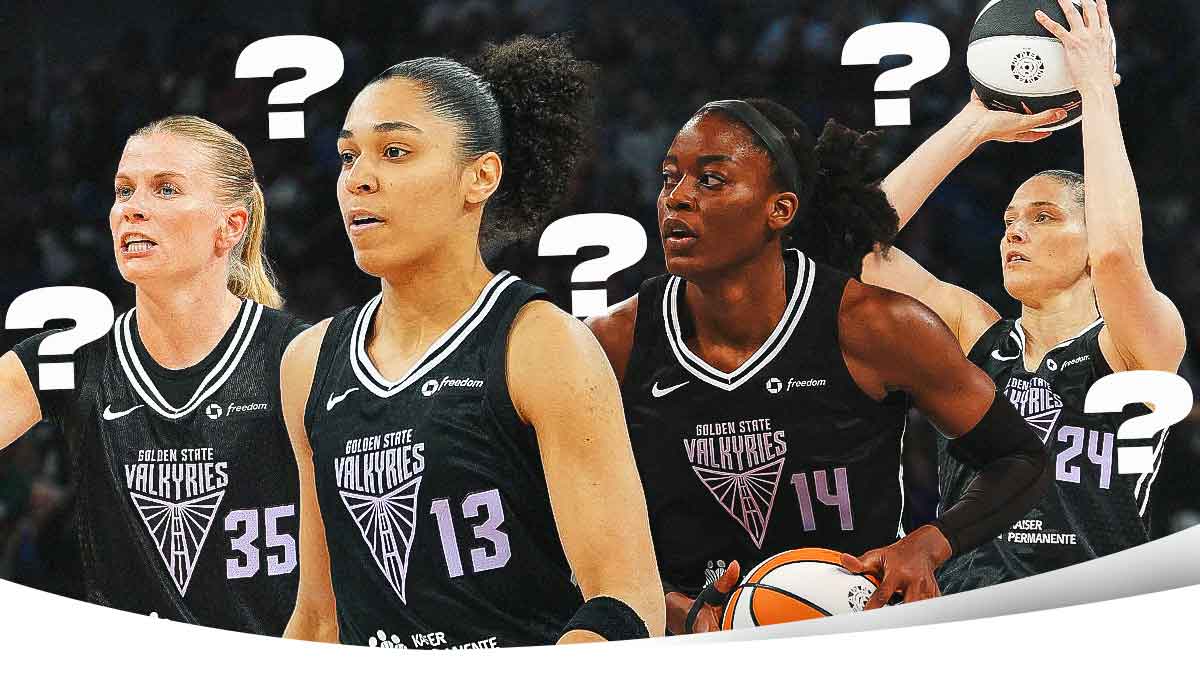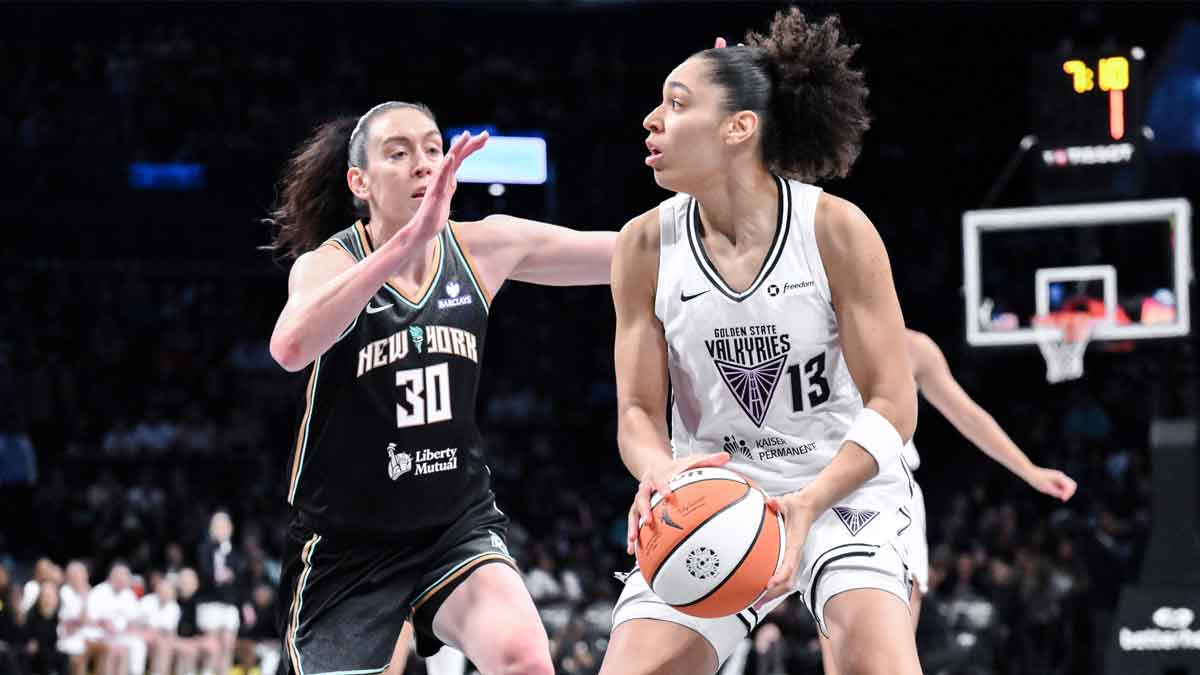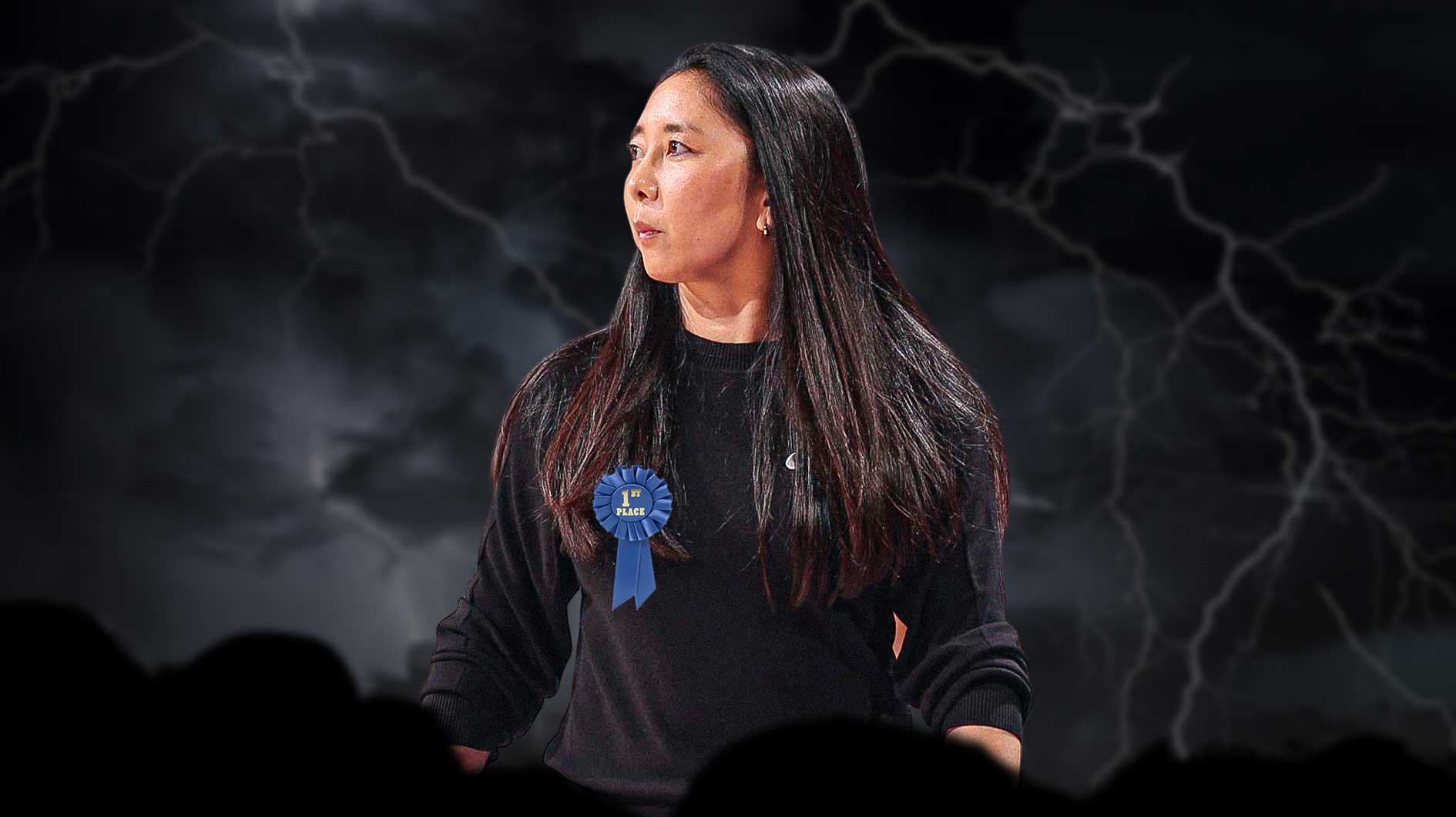The purest emotion of an expansion team going through its first season in the WNBA is optimism, and the Golden State Valkyries are no different. From the historic support of the Bay Area fanbase to the established culture of commitment in all facets of the organization, there are plenty of green flags pointing to a bright future.
But right now, in the present, there is pain. “Short-term pain, long-term results,” as head coach Natalie Nakase put it after the Valkyries' loss to the Minnesota Lynx, their third in a row.
While Veronica Burton went for 21 points on 63.6% shooting, the Lynx's Napheesa Collier was unstoppable. The MVP favorite returned from a knee injury and sleepwalked into 24 points and 11 rebounds. In her postgame press conference following the 86-75 loss to the Lynx, Nakase answered a question about the players' morale amid the Valkyries' very first losing streak.
“They're good. Short-term pain for long-term results. We don't mind pain. I told you, we're killers. So the pain, I want them to feel it because in that amount of pain, we talk about that's the amount that you gotta grow,” Nakase said.
Natalie Nakase shares pain of losses with Valkyries players

She emphasized that she, as the head coach, shares the pain of these kinds of losses as much as her players. Nakase took accountability for the team's shortcomings in the loss and emphasized how much she also needs to grow.
“We talked about if you're not feeling pain, then that's a problem. So I love that they feel it. They own up to it right after the game. They said, ‘We've got to be better.' And I said, ‘I've got to be better too.'”
The painful part about the loss to Minnesota was that they were competing against one of the powerhouses in the WNBA.
Thanks to an explosive 14-point second quarter from Kate Martin and some hot 3-point shooting, the Valkyries led 52-51 at halftime. But when the second half rolled around, Golden State's streaky-at-best 3-point shooting faded away.
In the third, the Valkyries went 3-of-15 from the floor and 0-of-9 from beyond the arc. Against a team like the Lynx, that's all they needed to wrestle control of the game away from Golden State.
The Valkyries' shot and scoring profile has been a hot topic surrounding the team early this season. The Valkyries are fifth in the league in 3-point attempts and 3-point field goals make up 37.2% of their points. Just over 50% of all their field-goal attempts are from beyond the arc, which is first in the W, and it's not by accident.
It's clear Nakase has crafted the Valkyries' offense around 3-point analytics, not too dissimilar to Joe Mazzulla's Celtics. It's threes or layups, the two most efficient kinds of shots in basketball.
Article Continues BelowWhere the Valkyries had to be better than the Lynx
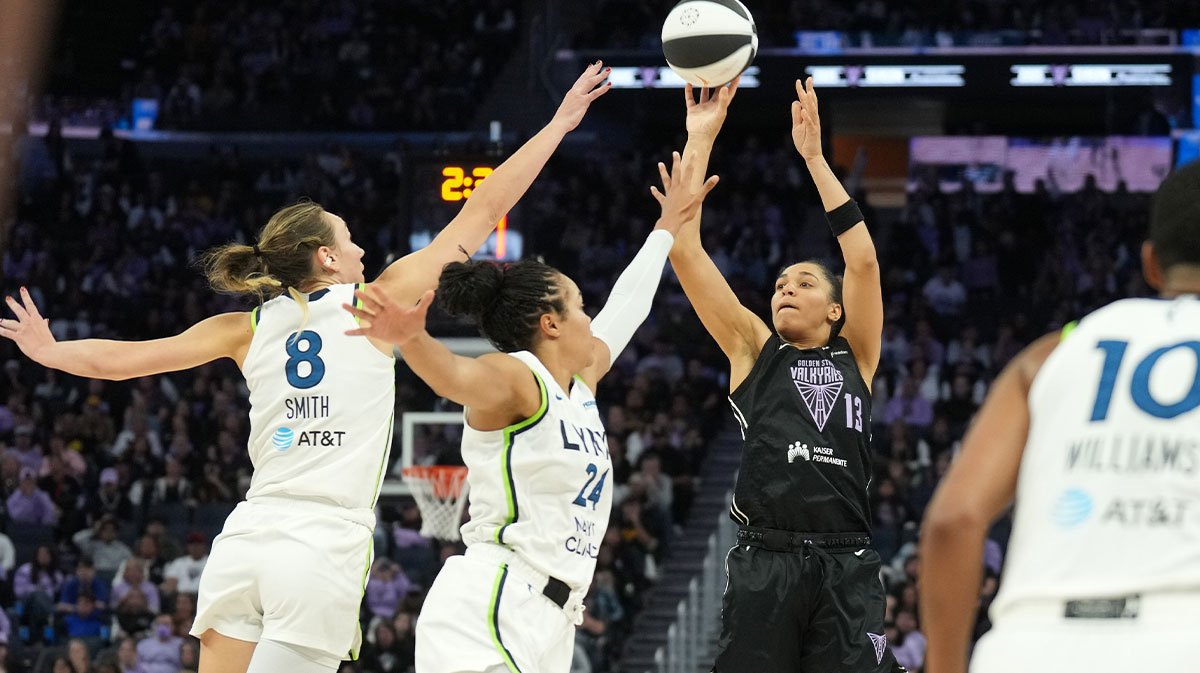
So with an offensive philosophy dedicated to getting a lot of 3-point attempts up, there will be highs, and there will be lows. The highs are stretches where the Valkyries get Kate Martin on a 9-0 run all by herself.
But when the Valkyries' 3-point shot isn't falling, they have stretches like the third quarter when the offense dries up. Nakase was asked about how the team is supposed to adjust when their high-volume 3-pointer shot profile strategy isn't succeeding, when the 3-pointers are not falling.
“If the shot's not falling, then you have to lock up defensively. That was the problem with our defensive shifts and [rotations]. But at the same time, you have to lock up and you have to rebound,” Nakase said. “You have to eliminate their extra possessions, and we struggled, unfortunately, in both of those spots.
“We had great moments of it. The first half was great, and then in the third, we just kind of got a little bit down on ourselves from missing shots.”
At the end of the day, basketball can be simplified to which team can make more shots. Right now, shot-making feels like the only answer to the Valkyries improving. They were more than competitive versus the Lynx and the Liberty. It just came down to stretches where the offense was in a complete shooting drought.
Still, it's a simple problem with a difficult route towards solving it. For Nakase, it's about controlling what the team can control, offensive rhythm included.
“When we control our controllables, we can compete with anyone. We control our destiny, and [the players] know that,” Nakase said in the same press conference. “That's how we train. That's how we game plan. I'm taking our 12 any day.”


